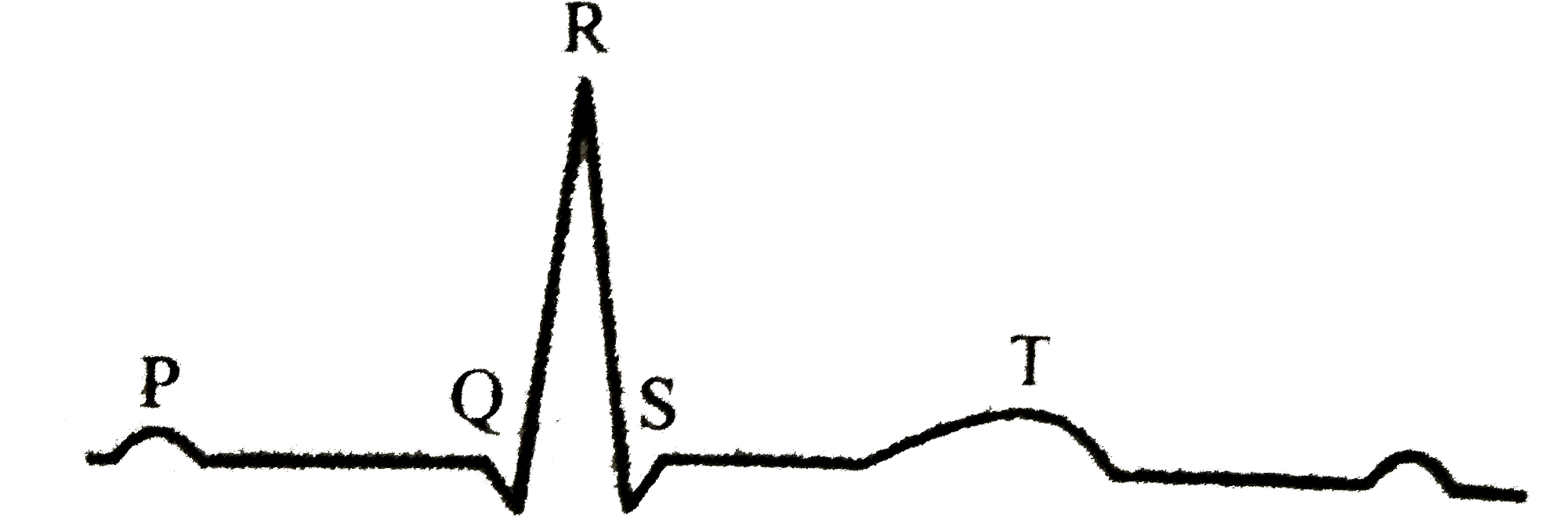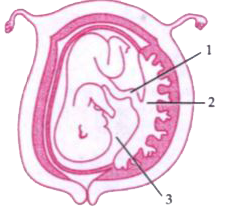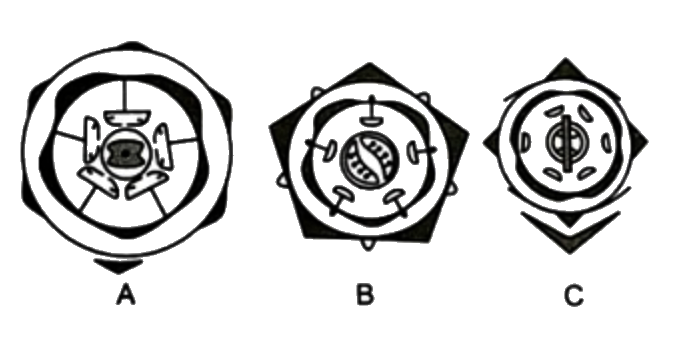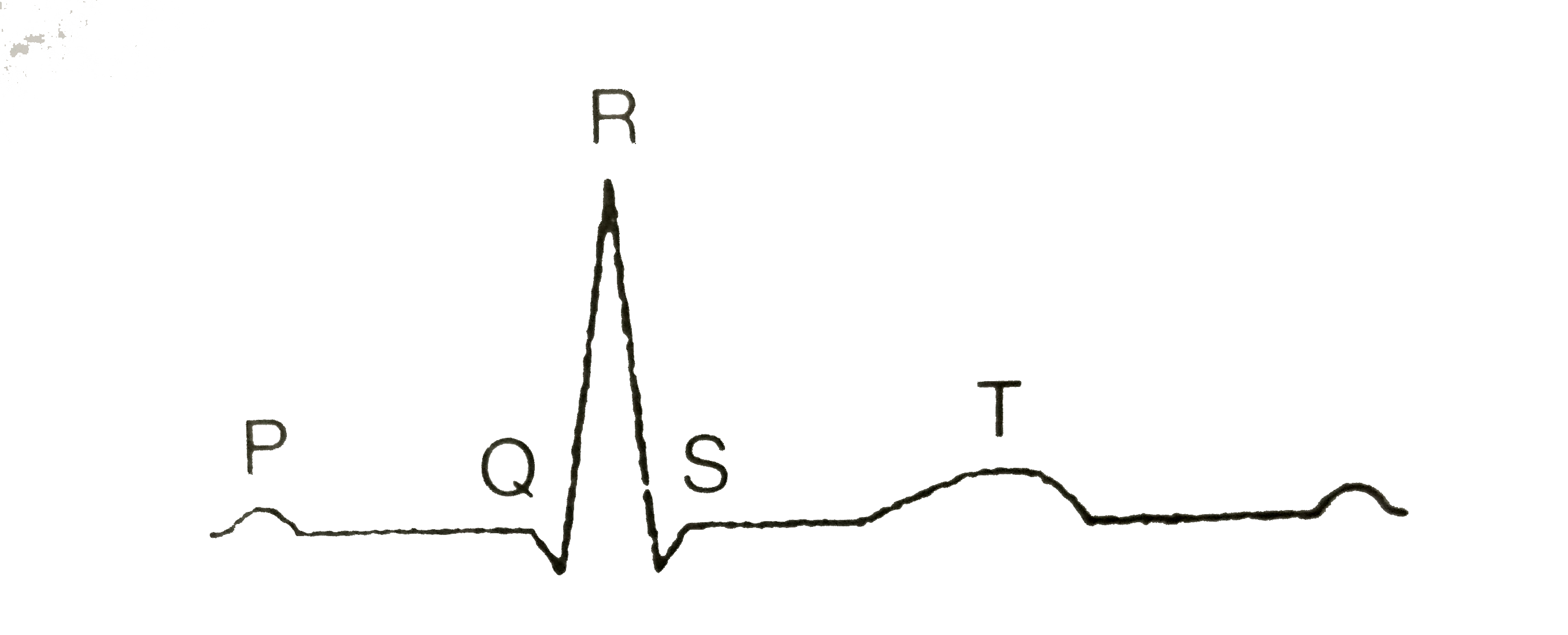The diagram given here is the standard ECG of a normal person. The P-wave rep- resents the

Beginning of the systole
End of systole
Contraction of both the atria
Initiation of the ventricular contraction
The correct Answer is:3
Both the option (1) and (3) , are correct . P wave represent atrial depolarisation, i.e., atrial systole (contraction of atria ). Cardiac cycle consits of first systole of heart followed by desatole . Cardiac systole consists of first atrial systole followed by ventricular systole . Thus beginning of systole of heart is represented by atrial systole which is further respresented by the P wave
Topper's Solved these Questions
Similar Questions
Knowledge Check
The diagram given here is the representation of
 AMiller's experimentBRedi's experimentCLouis pasteur's experimentDSpallanzani's experiment
AMiller's experimentBRedi's experimentCLouis pasteur's experimentDSpallanzani's experimentThe given figure is the ECG of a normal human. Which one of its components is correctly interpreted below ?
 AComplex ORS - one complete pulseBPeak T - initiation of total cardiac contractionCPeak P and peak R together - systolic and diastolic blood pressuresDPeak P- initiation of left atrial contraction only
AComplex ORS - one complete pulseBPeak T - initiation of total cardiac contractionCPeak P and peak R together - systolic and diastolic blood pressuresDPeak P- initiation of left atrial contraction onlyThe diagram given here shows the skulls of two different mammals.

Which of the following accurately describes the differences between these skulls?ASkullA has more teeth than skull B.BSkull A has more brain capacity than skull B.CSkull A is of a human and skull B is of an ape.DSkull A is of a ape and skull B is of a human.
T wave in a standard ECG represents
View SolutionThe given figure is the ECG of a normal human. Which one of its components is correctly interpreted below ?

View SolutionThe diagram given below is that of a developing human foetus. Study the diagram and then answer the questions that follow :

Define the term 'Gestation'. What is the normal gestational period of the developing human embryo ?
View SolutionThe diagram, given below, represents two inequations P and Q on real number lines :

Represent each of the following sets on different number lines :
(a) P∪Q
(b) P∩Q
(c ) P−Q
(d) Q - P
(e ) P∩Q
(f) P∩Q
View SolutionThree floral diagram are given here . respectively families are assigned in the answer key . Find out the families to which these diagrams belong to

View Solution

